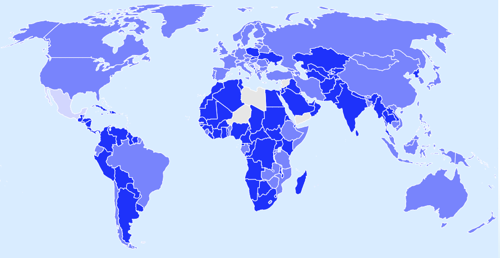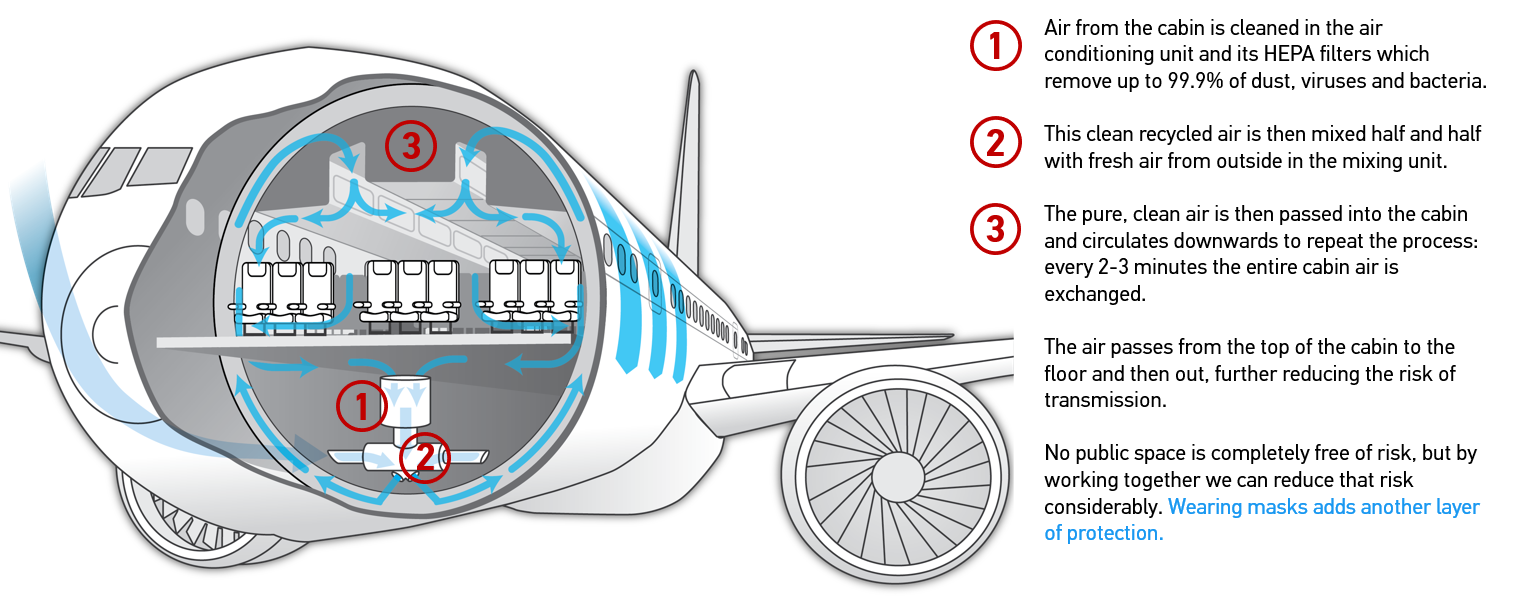As the world starts looking at reopening after the Covid-19 lockdown, there is an understandable desire to travel again - to see family or friends, to do business or simply to go on holiday. Many passengers may be concerned about travelling at this time. The whole aviation industry is working together to ensure that when you decide to fly again, that journey will be as safe as possible. This effort involves governments, airlines, airports, the makers of aircraft and United Nations agencies such as the International Civil Aviation Organization (ICAO) and World Health Organization (WHO).
No public space is completely free of risk, but by working together we can reduce that risk considerably. In many cases, a flight is much lower risk than some other public spaces. Here's how we are using a 'layered' approach to post-Covid-19 travel.
The aviation industry recommends the use of face masks throughout passenger journeys.













